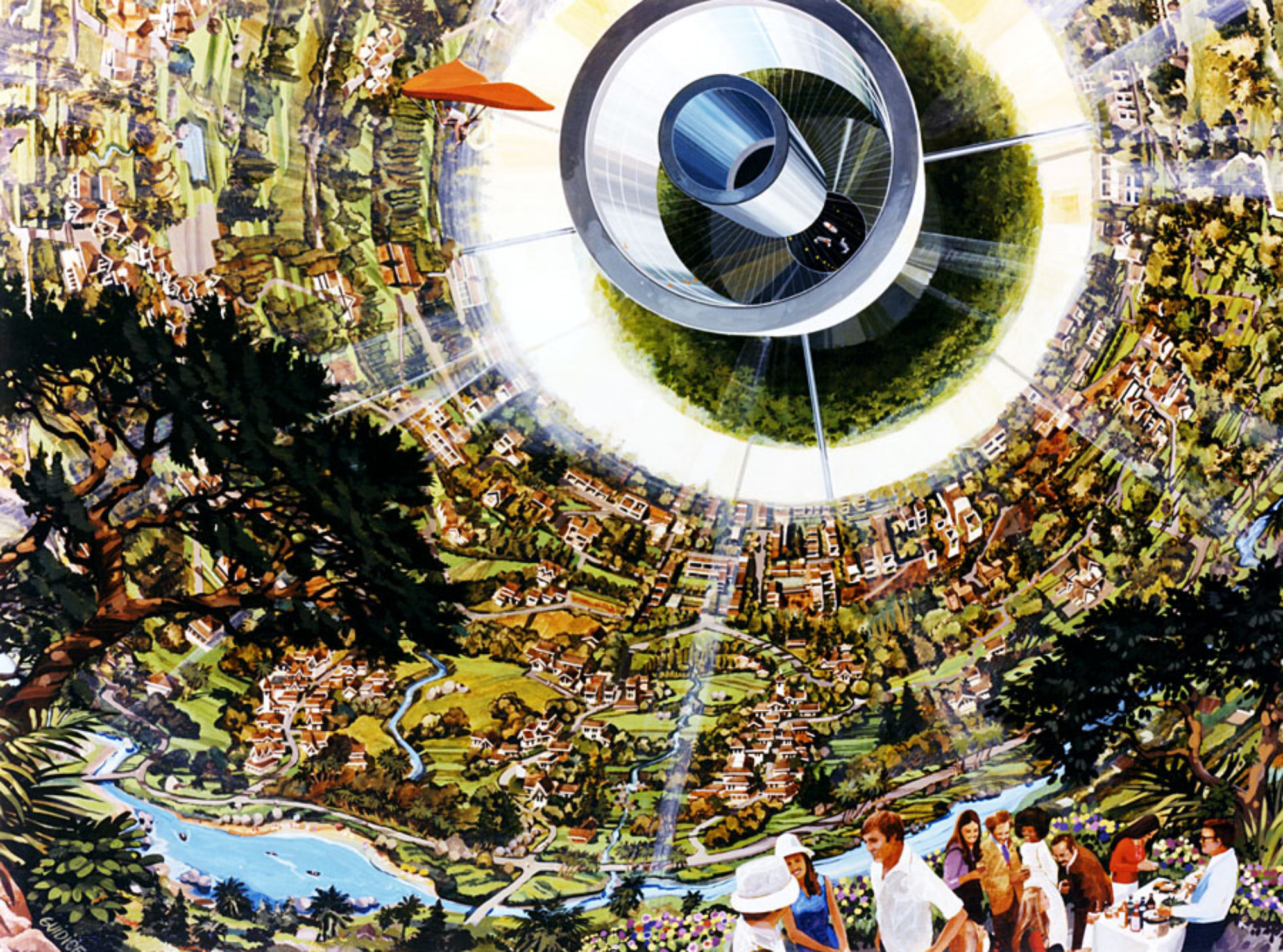
This year’s list of NASA Innovative Advanced Concepts (NIAC) Phase I selections include a few awards that look promising for space development. For wildcatters (or their robotic avatars) drilling for water ice in the permanently shadowed craters at the lunar south pole and cracking it into hydrogen and oxygen, Peter Curreri of Houston, Texas based Lunar Resources, Inc. describes a concept for a pipeline to transport oxygen to where it is needed. Clearly oxygen will be a valuable resource to settlers for breathable air and oxidizer for rocket fuel if it can be sourced on the Moon. The company, whos objective is to develop and commercialize space manufacturing and resources extraction technologies to catalyze the space economy, believes that a lunar oxygen pipeline will “…revolutionize lunar surface operations for the Artemis program and reduce cost and risk!”.
Out at Mars, Congrui Jin from the University of Nebraska, Lincoln wants to augment inflatable habitats with building materials sourced in situ utilizing synthetic biology. Cyanobacteria and fungi will be used as building agents “…to produce abundant biominerals (calcium carbonate) and biopolymers, which will glue Martian regolith into consolidated building blocks. These self-growing building blocks can later be assembled into various structures, such as floors, walls, partitions, and furniture.” Building materials fabricated on site would significantly reduce costs by not having to transport them from Earth.
A couple of innovations are highlighted in this NIAC grant. First, Jin has studied the use of filamentous fungi as a producer of calcium carbonate instead of bacteria, finding that they are superior because they can precipitate large amounts of minerals quickly. Second, the process will be self-growing creating a synthetic lichen system that has the potential to be fully automated.
In addition to building habitats on Mars, Jin envisions duel use of the concept on Earth. In military logistics or post-disaster scenarios where construction is needed in remote, high-risk areas, the “… self-growing technology can be used to bond local waste materials to build shelters.” The process has the added benefit of sequestration of carbon, removing CO2 from the atmosphere helping to mitigate climate change as part of the process of producing biopolymers.

To reduce transit times to Mars a novel combination of Nuclear Thermal Propulsion (NTP) with Nuclear Electric Propulsion (NEP) is explored by Ryan Gosse of the University of Florida, Gainesville.

NTP technology is relatively mature as developed under the NERVA program over 50 years ago and covered by SSP previously. NTP, typically used to heat hydrogen fuel as propellant, can deliver higher specific impulse then chemical rockets with attractive thrust levels. NEP can produce even higher specific impulse but has lower thrust. If the two propulsion types could be combined in a bimodal system, high thrust and specific impulse could improve efficiency and transit times. Gosse’s innovation couples the NTP with a wave rotor, a kind of nuclear supercharger that would use the reactor’s heat to compress the reaction mass further, boosting performance. When paired with NEP the efficiency is further enhanced resulting in travel times to Mars on the order of 45 days helping to mitigate the deleterious effects of radiation and microgravity on humans making the trip. This technology could make an attractive follow-on to the NTP rocket partnership just announced between NASA and DARPA.
Finally, an innovative propulsion technology for hurling heavy payloads rapidly to the outer solar system and even into interstellar space is proposed by Artur Davoyan at the University of California, Los Angeles. He will be developing a concept that accelerates a beam of microscopic hypervelocity pellets to 120 kilometers/s with a laser ablation system. The study will investigate a mission architecture that could propel 1 ton payloads to 500 AU in less than 20 years.





















